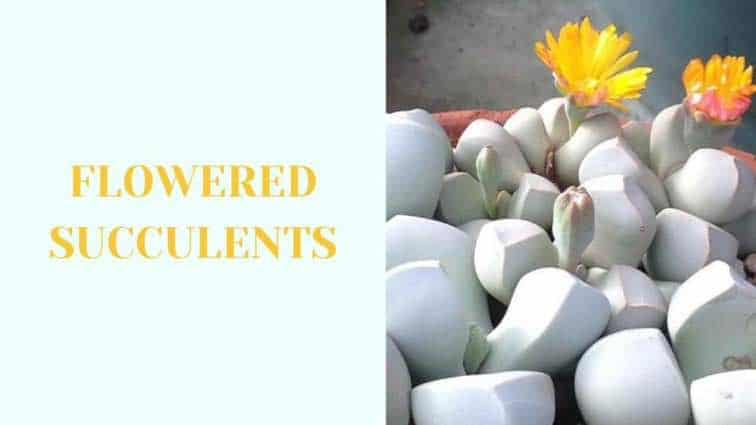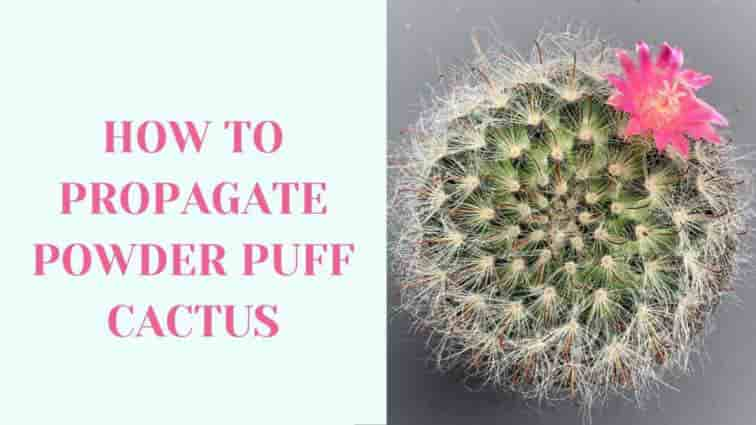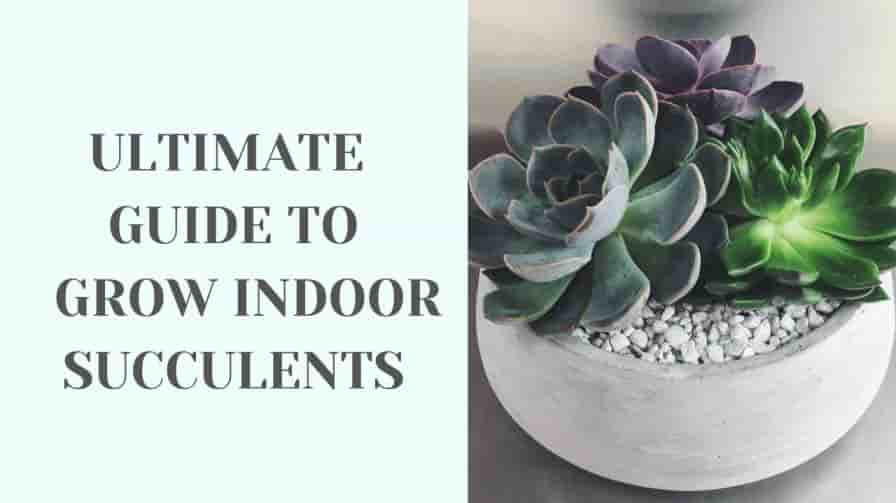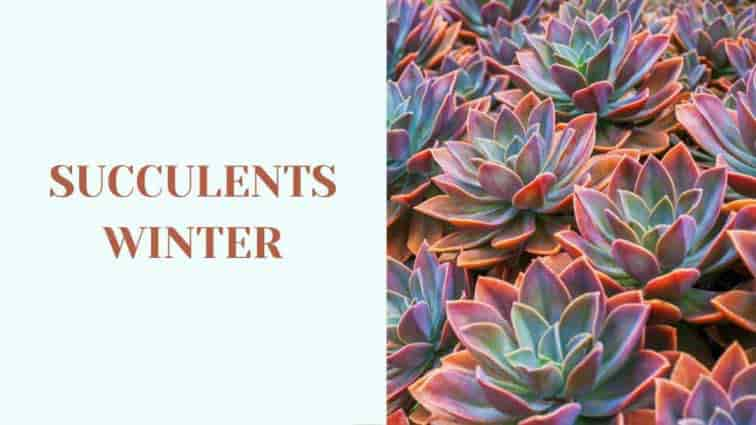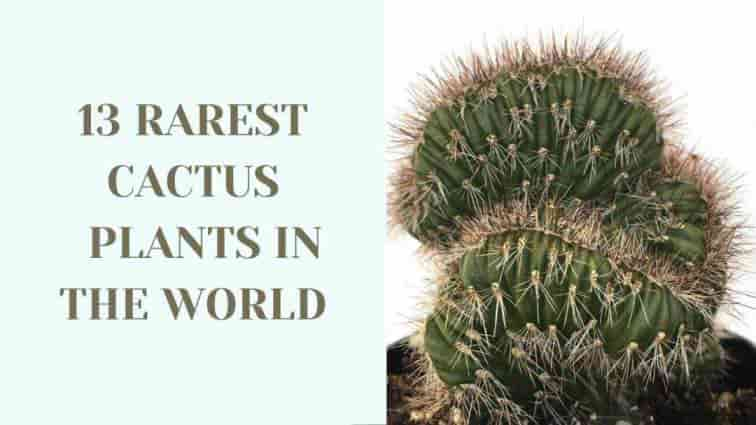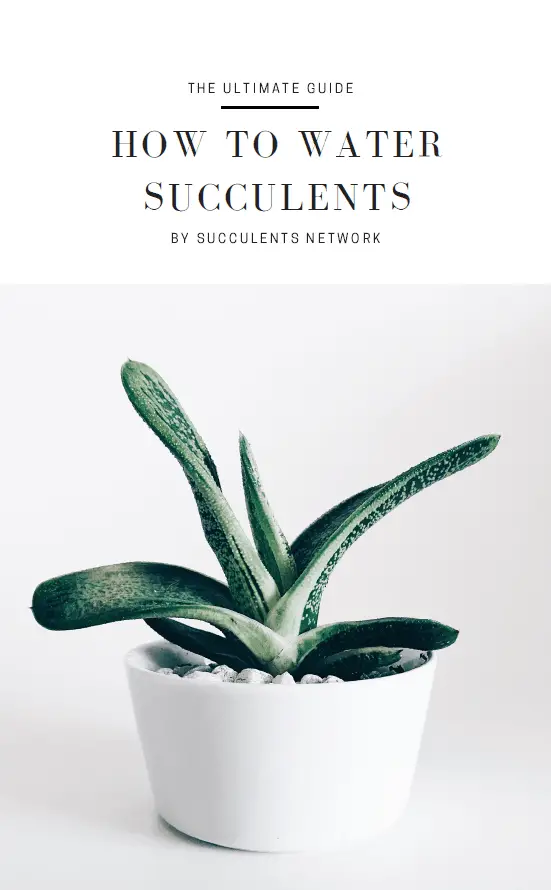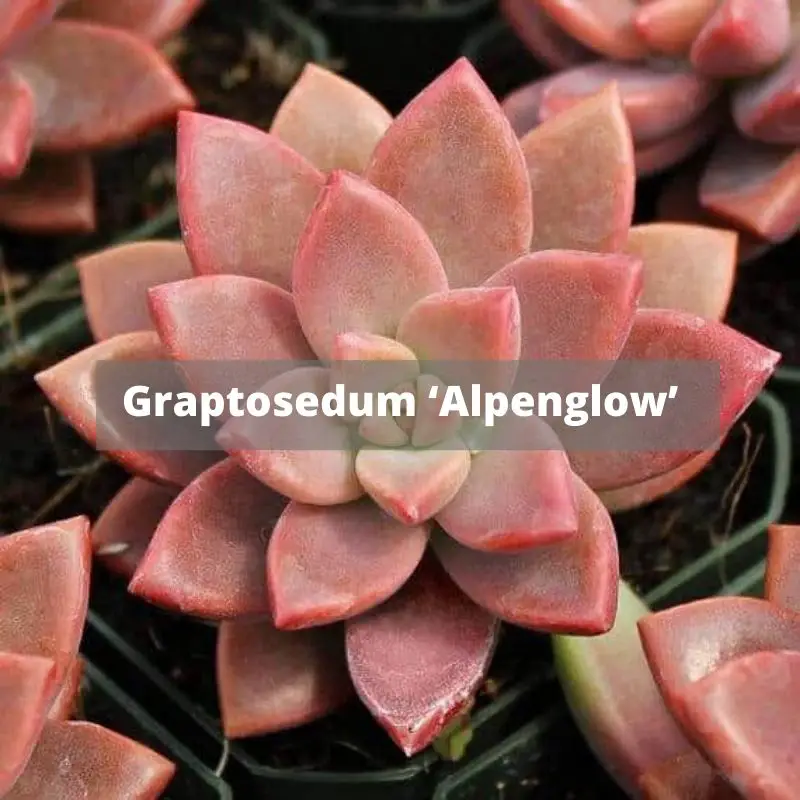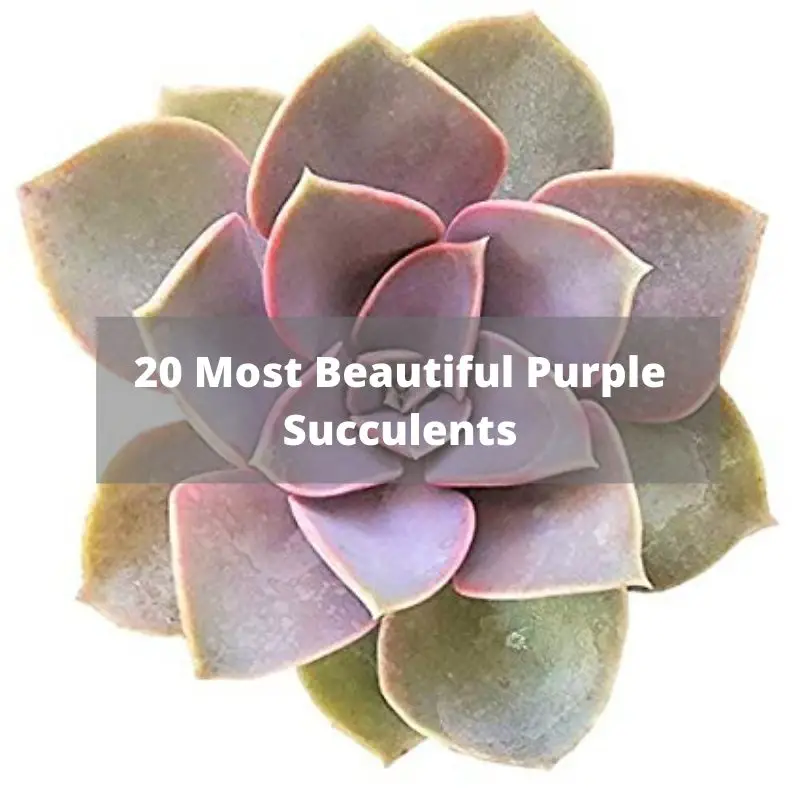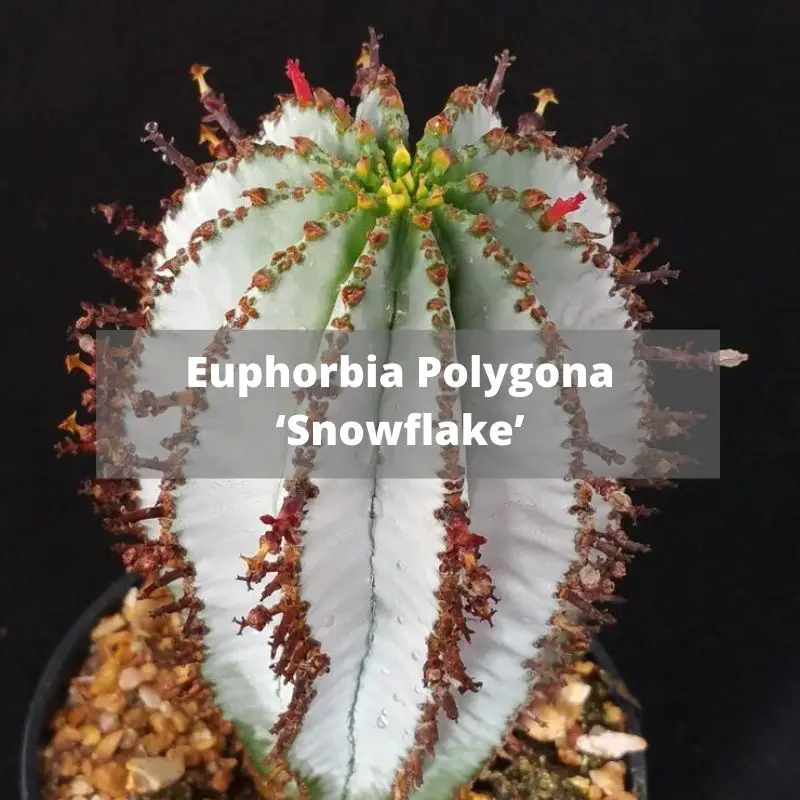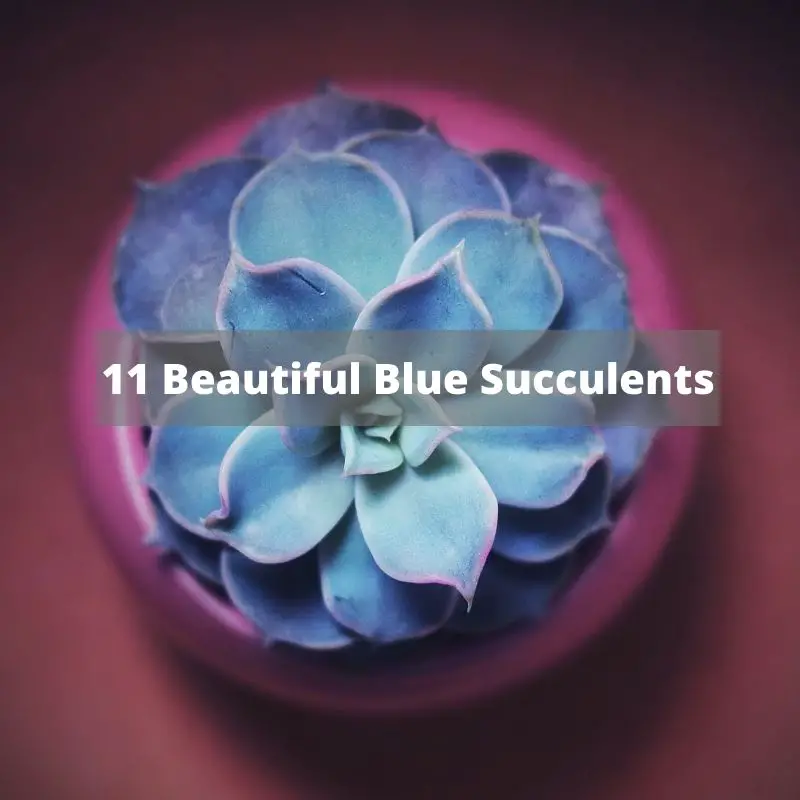Are succulents poisonous to pets if they eat by any chance? This is an essential topic of consideration for any pet owner who has an indoor garden with plants. As a plant and animal lover, you will always want a peaceful co-existence among the plants’ pets, as well as with the humans around them. No person would want to harm his pets and humans through the poisonous succulents plants within the garden. However, there are plants in a garden that can be considered toxic and capable of hurting animals. While they are generally safe and do not pose a danger to humans and their pets, there are a few plants that pose a threat to humans and animals in the household.
Some plants that are grown as houseplants in people’s homes contain some toxic sap that can irritate people and pets. For example, cats are often victims of the poisonous succulents plants since they cannot resist chewing on them to get chlorophyll for digestion. The cats mostly target green plants at homes when looking for chlorophyll and end up chewing on the poisonous sap in such plants. Such pets stay in constrained environments of the indoors where they cannot find other greens to eat for this purpose, thus relying on the available green plants within the homestead.
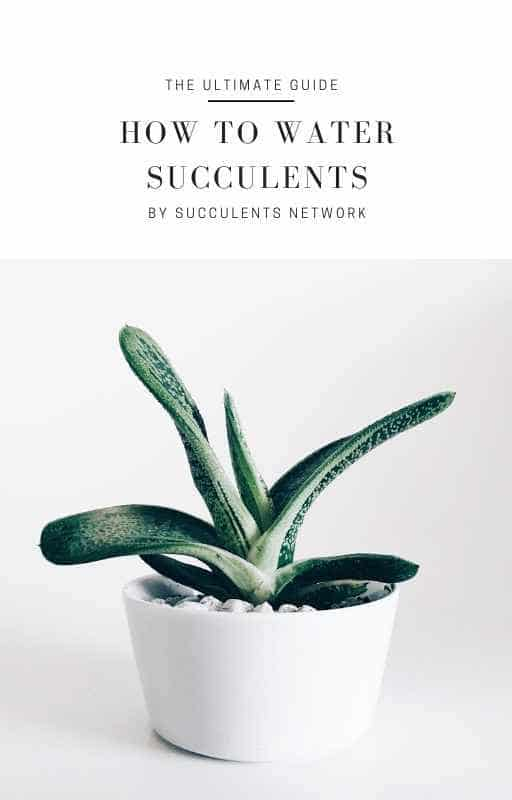
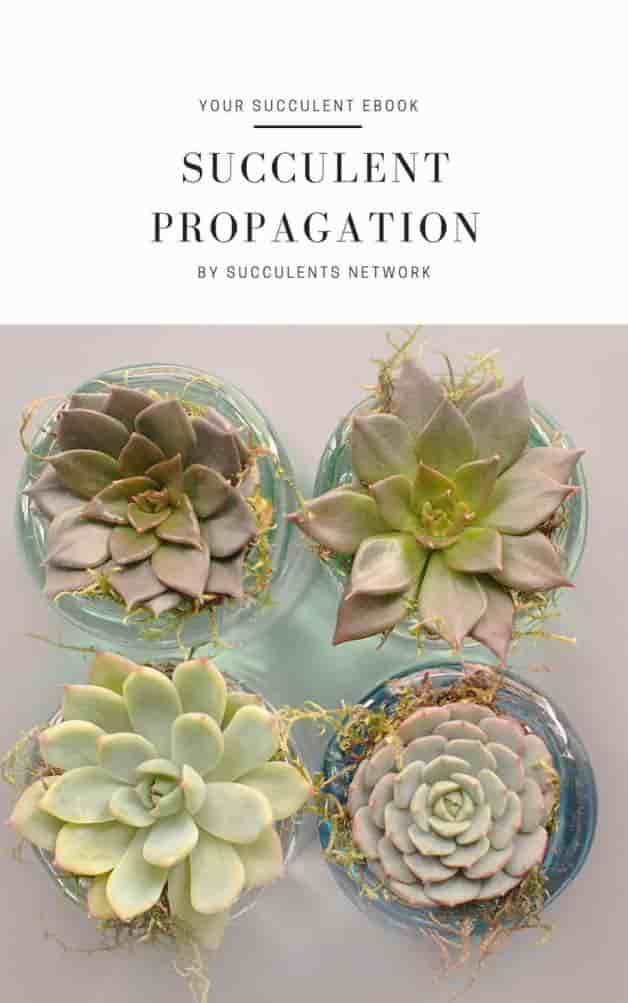
Succulents are popular in people’s gardens, but many people are not aware that some are poisonous and can be dangerous. These plants are the most popular types of indoor plants since they require little care in watering and pruning. They are known for adjusting to the harsh climates and predators, which entails being poisonous. Toxicity is often a defensive mechanism for plants who use it against the herbivorous plants. They usually use this mechanism to protect against animals that consider these plants as food. In this regard, every pet owner should be worried about the possibility of their pets chewing on the plants. While most of them are considered non-toxic and harmless, some have toxicity, which can be a cause for worry. In essence, any plant with spines is deemed to be toxic and should be handled with care. Below are 15 succulents that can be harmful to pets and humans in case of eating.
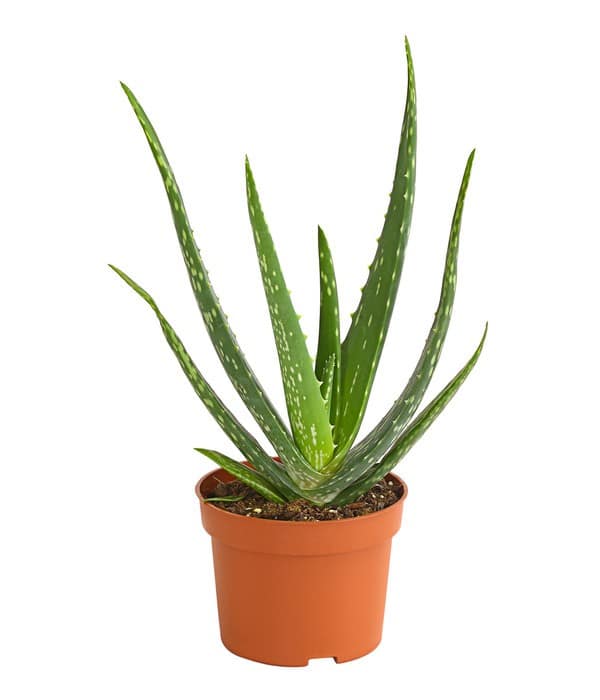
Picture via dehner
Aloe
Aloe is one of the poisonous succulents in a home and, therefore, not a good idea for pets to nibble on the plants. Aloe is a large and widespread genus consisting of small species. The plant has thick, fleshy, green leaves with some varieties having white specks on the stem surfaces. While the plant is known for its healing properties, it can be dangerous to pets due to the toxic nature of its sap.
Aloe plant is mostly poisonous to dogs and cats, with its latex considered a purgative. It means the substance in Aloe plant can cause the pets to diarrhea due to the mild stomach upset. This diarrhea has the potential of being life-threatening due to the risk of dehydration. The succulents have Saponin, which is a naturally occurring soap that is considered toxic to the pets. The Saponin is a chemical in aloe considered the primary toxin that can cause severe problems to the pet when consumed. Therefore, homeowners should always be careful in ensuring the pets do not taste the leaves to avoid threatening their lives and health.
Euphorbia
Euphorbia is among the poisonous succulents plant known for its high toxic level. The plant has a white latex sap inside the leaves and stems that make it known as milk plants. However, this sap can be poisonous to humans and pets if ingested with its juice capable of burning the skin. The plant is associated with causing stomach pain, diarrhea, and vomiting when pets and humans consume. The juice from this succulent can also cause irritations when it gets into the eyes. At the same time, it can cause contact dermatitis on the skin of a pet, which involves an itching rash.
Euphorbia is one of the most common pot plants in people’s homes that is purchased in vast quantities. It is highly adapted to growing indoors and is valued for the beautiful flowers. However, people selling them do not label appropriately to let people that they are poisonous to pets and humans. As a result, every person should be careful when taking cuttings or repotting, including wearing gloves to avoid getting in contact with the poisonous sap. Euphorbias contain a white latex-based sap that causes irritations on the skin and causes anaphylactic reactions in people allergic to latex. It can cause harm to dogs and humans whenever ingested, or its sap gets in contact with the skin.
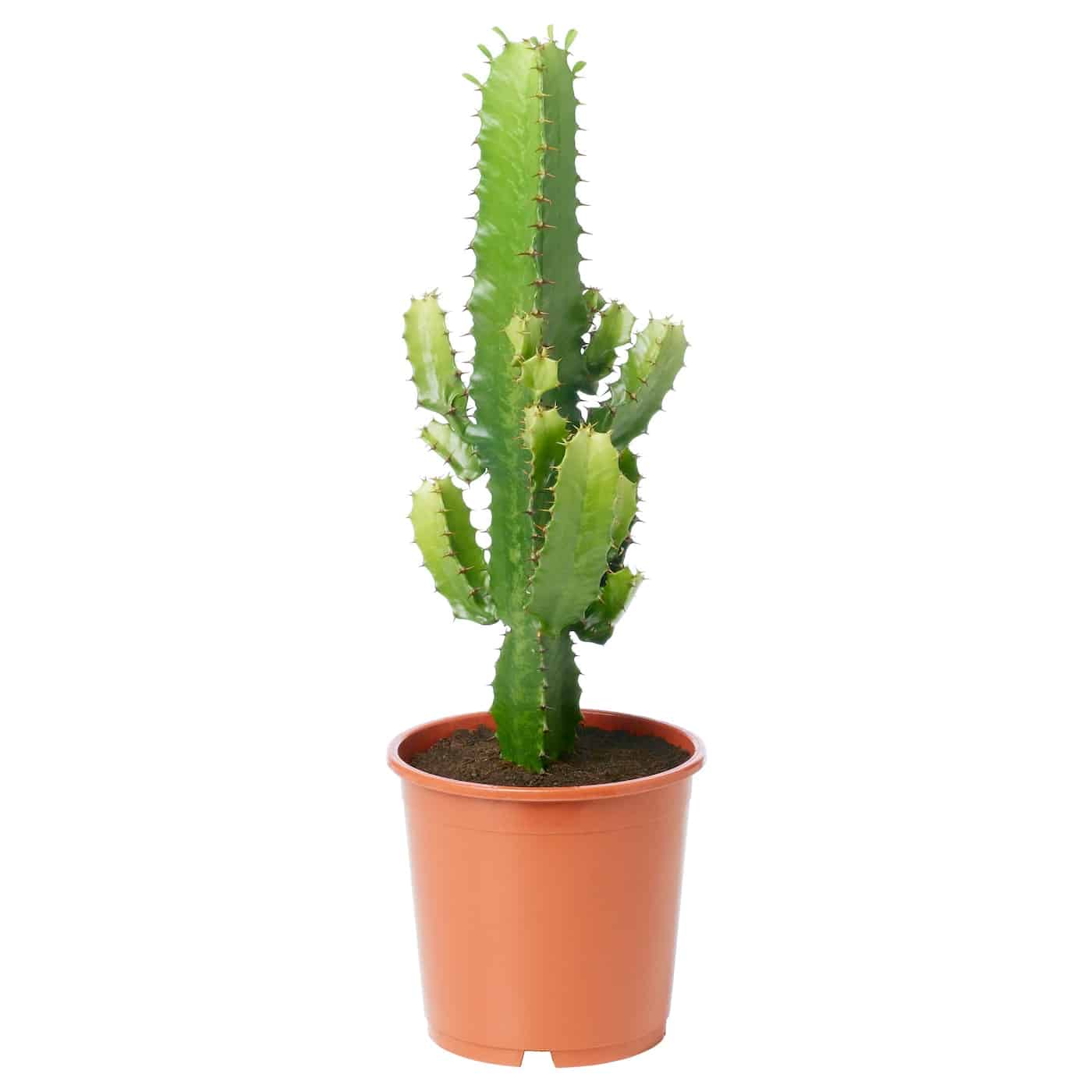
Picture via Ikea
Jade Plant (Crassula Ovata)
This plant is also among the poisonous succulents for dogs due to poisonous sap within its stems. It is part of Crassula, which is a large genus of plants native to Mozambique and South Africa. The Jade Plant is one of the most popular and common pot plants in the world, also known as the money tree or lucky plant. This plant is known for its thick, fleshy, and shiny, smooth leaves. However, there is an unknown substance in the leaves that makes Jade Plant toxic for consumption.
Therefore, dogs should not be allowed to eat the Jade plant due to the risk of vomiting, lethargy, and incoordination. These succulents are also poisonous to cats who may vomit after chewing on them, causing depression symptoms. At the same time, the leaves of this Jade Plant can be irritating to cats and dogs if ingested while causing lethargy.
Jade poisoning in animals such as dogs and cats has been shown to include symptoms such as vomiting, depression, and lack of coordination. The source of toxicity in the Jade plant is still unknown and not scientifically proven. However, cats and dogs cannot digest the plant material as they tend to exhibit mild to moderate symptoms.
Anthurium
This plant is a prolific tender succulent and a popular choice for plant enthusiasts at home. However, the plant also comes with a poisonous sap that can be considered toxic for pets when ingested. In this regard, pet owners should want to keep the lush out of reach from dogs and cats to avoid poisoning them. The plant can irritate the pet’s mouth and cause digestive distress when ingested. Other symptoms such as diarrhea, drooling, and vomiting can take up to 12 hours to five days after ingestion to show.
Chrysanthemum
The Chrysanthemum is also known as the Alligator plant and is a popular house plant due to the attractive and unusual appearance. The plant has large green leaves and can grow in difficult environmental conditions. However, it is considered poisonous to pets and humans due to a toxic steroid in its leaves. When ingested, the plant can cause several symptoms such as body weakness, vomiting, and seizure or collapse of the pet.
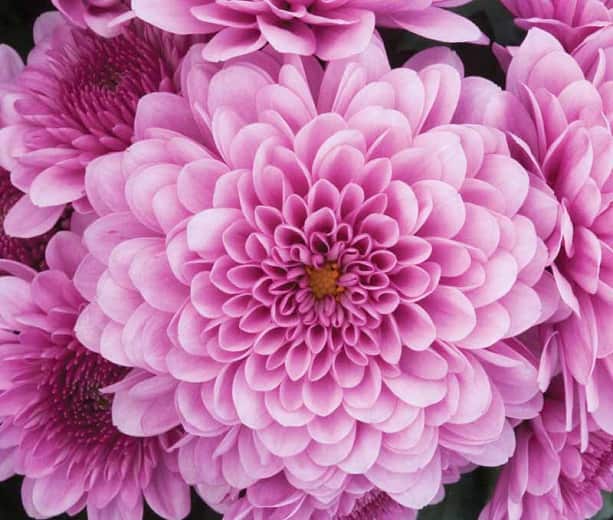
Picture via gardenia
Dieffenbachia
Dieffenbachia is a type of poisonous succulents found in people’s homes that are considered toxic when consumed by pets. The plant is also known as a dumb cane, or elephant ear often planted indoors in pots. However, if ingested, Dieffenbachia can cause airways of pets to swell shut. At the same time, the leaves of this plant can cause burning or itching when a person brushes against it. In this regard, the plant should be placed away from the reach of children to avoid possible harm.
Solanum
This is another succulent plant found in homesteads and common for its versatility and trailing habit. The plant has thick stems that can grow up to 90 cm and left training. These stems have small rounded leaves with a sap that can cause skin irritation. Therefore, in which the plant is famous for its beauty and flowers, its ingestion can cause vomiting, diarrhea, and drooling for humans and pets. It should be protected from children’s and pets’ reach.
Kalanchoe (Panda Plant)
Kalanchoe is a popular houseplant due to its beauty and ease in care. However, despite sharing the name with an animal, the Kalanchoe plant is not pet-friendly as it contains poisonous sap that can affect the animal. This plant produces insoluble calcium oxalate crystals that can cause oral irritation in the animal by getting stuck in the mouth. Other effects of this poisonous succulents include vomiting, excessive drooling, and difficulty swallowing. All parts of the panda plant are toxic when ingested. At the same time, when the pet animals ingest these crystals from the panda plant, it can affect their lives. Kalanchoes are not dangerous for humans but can cause pets to get sick if they consume the leaves. However, its impact is not fatal, and a visit to the veterinarian can solve the issue.
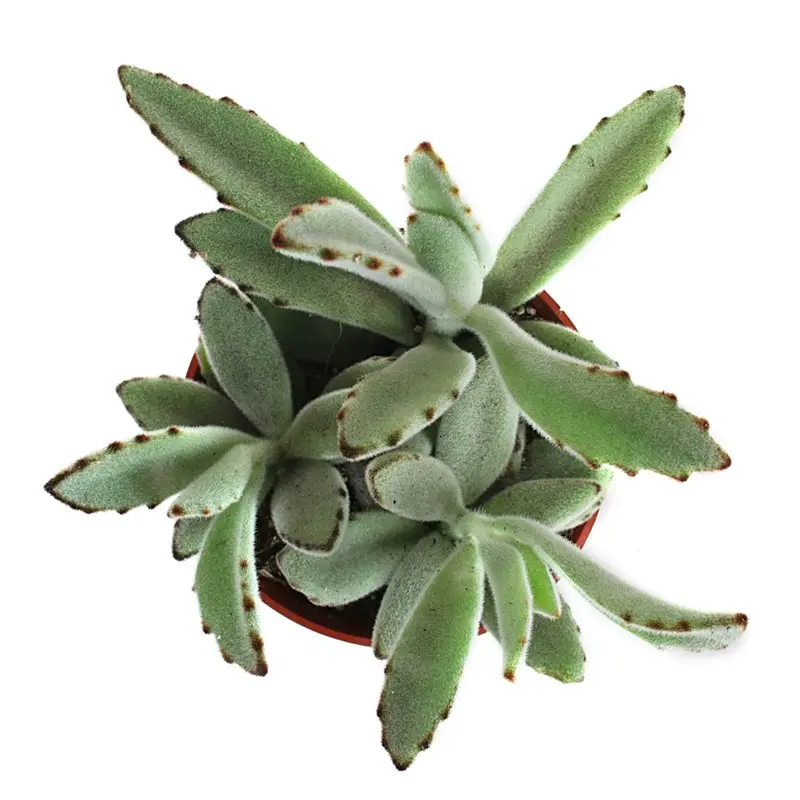
Picture via easternleaf
Syngonium
This plant is another common plant found in homesteads due to little maintenance and few water requirements. The plant is drought tolerant and highly adaptable to different environments. However, the leaves contain bufadienolide cardiac glycosides that can be fatal when ingested in large amounts. The level of toxicity in this plant is usually mold to moderate unless consumed in large amounts, where it can result in vomiting and diarrhea, among other symptoms.
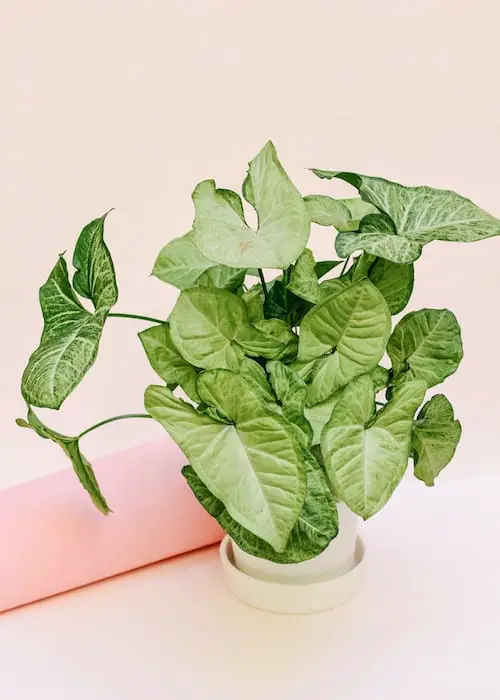
Picture via plantcircle
Sansevieria
This is oneof the poisonous succulents on homesteads, also known as the snake plant. It has a sharp bite that can affect small animals at home, such as cats. The plant has thick leaves with Saponin, a bitter chemical compound that causes stomach irritation to the pets. Its symptoms include nausea, vomiting, and diarrhea, with an overall impact on the health of the animal. Eating just a small amount of sap can cause acute kidney failure for the pet that can lead to death. Sansevieria makes excellent starter plans as they can tolerate neglect and can help purify the air in a house. However, the chemical compound in the plant can irritate.
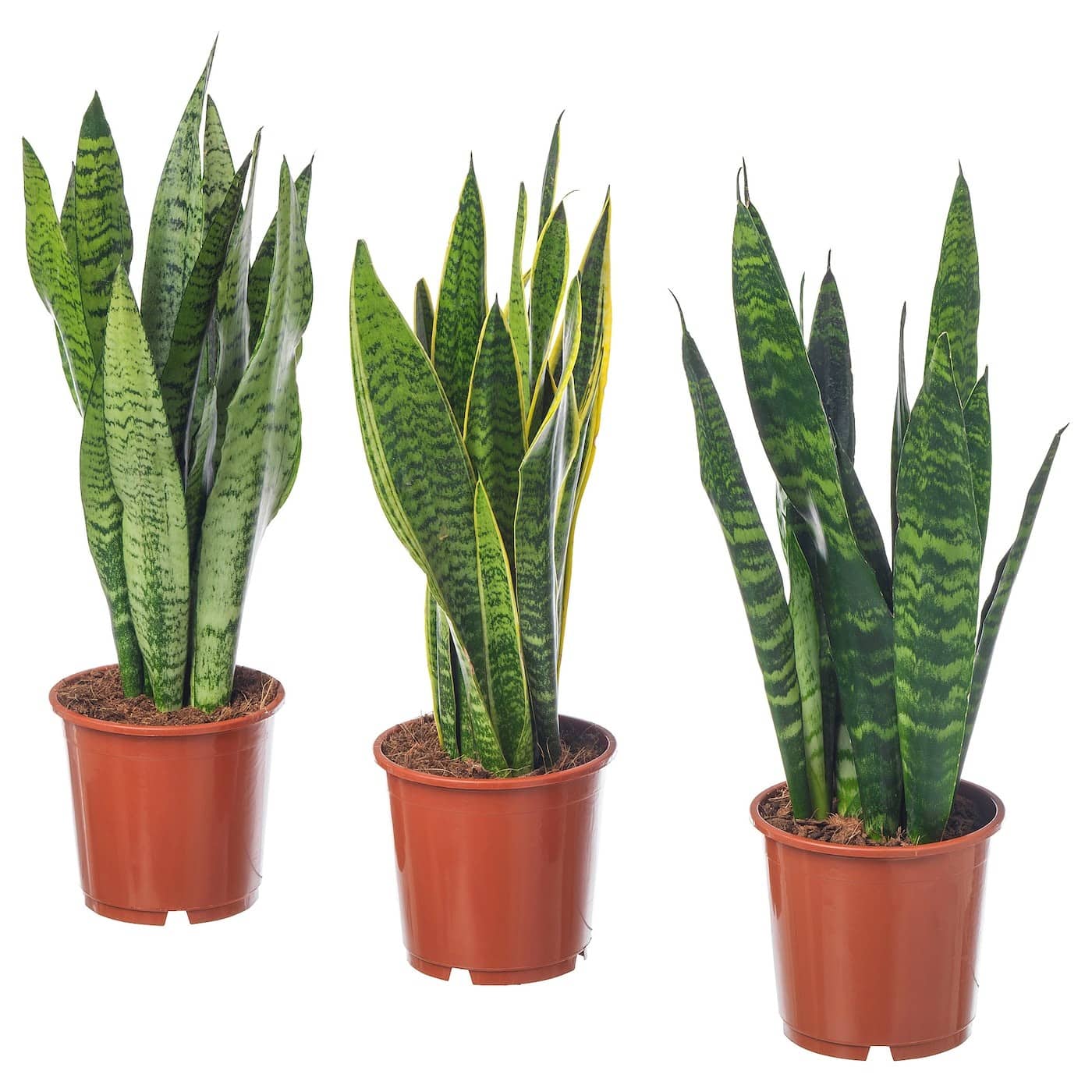
Picture via IKEA
Christmas Cacti
The Christmas cactus is one of the pot plants commonly reared in homesteads but is considered poisonous to dogs. While the plant is not poisonous to cats, its milk can cause problems to the dogs eating on them. Cacti qualify to be regarded as succulents since they can be planted at home and do not require much water to maintain. They have thick stems with a sap that can affect the digestive system of pets when consumed.
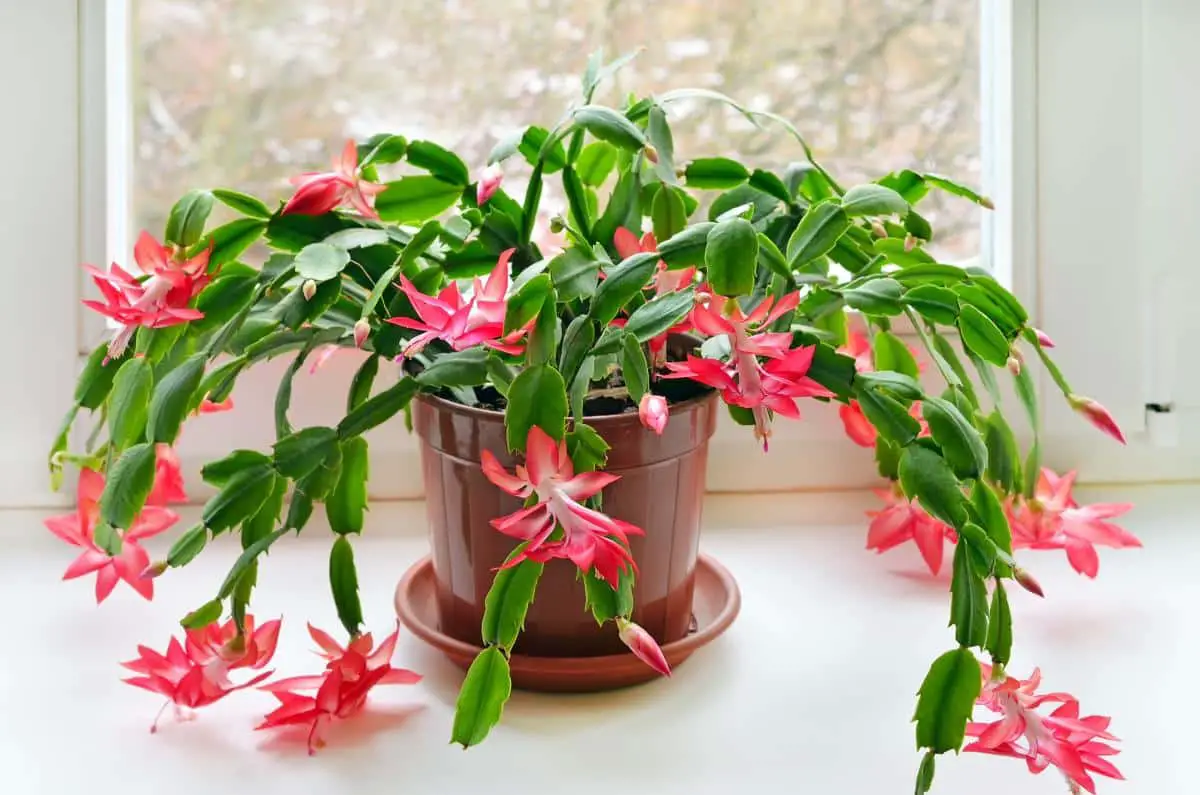
Picture via almanac
Are your succulents dying? Do you need urgent help to keep them alive? Don’t worry! This ebook will solve the problems. I shared all my secrets related to how to water succulents with you.
Agave
Agave is another common pot plant that is planted at home that has been shown to cause an adverse reaction if ingested. This is a recognized succulent due to their thick fleshy leaves and their beautiful shapes of the leaves. However, this plant can cause problems such as vomiting, listlessness, and diarrhea to the pets once ingested.
Philodendron
The Philodendron is another popular garden plant in homesteads that are considered poisonous to pets and children. This is a green leafy plant in people’s homes that has a chemical compound known as the sap in its leaves. This sap in the trendy houseplant is known to irritate the skin and mouth. In this regard, if ingested, the succulent can result in throat swelling and difficulties in breathing for the pet. In case a child ingests the plant, she can experience several symptoms ranging from stomach upsets to burning pain. In this regard, pet owners are required to keep Philodendron away from children and pets.
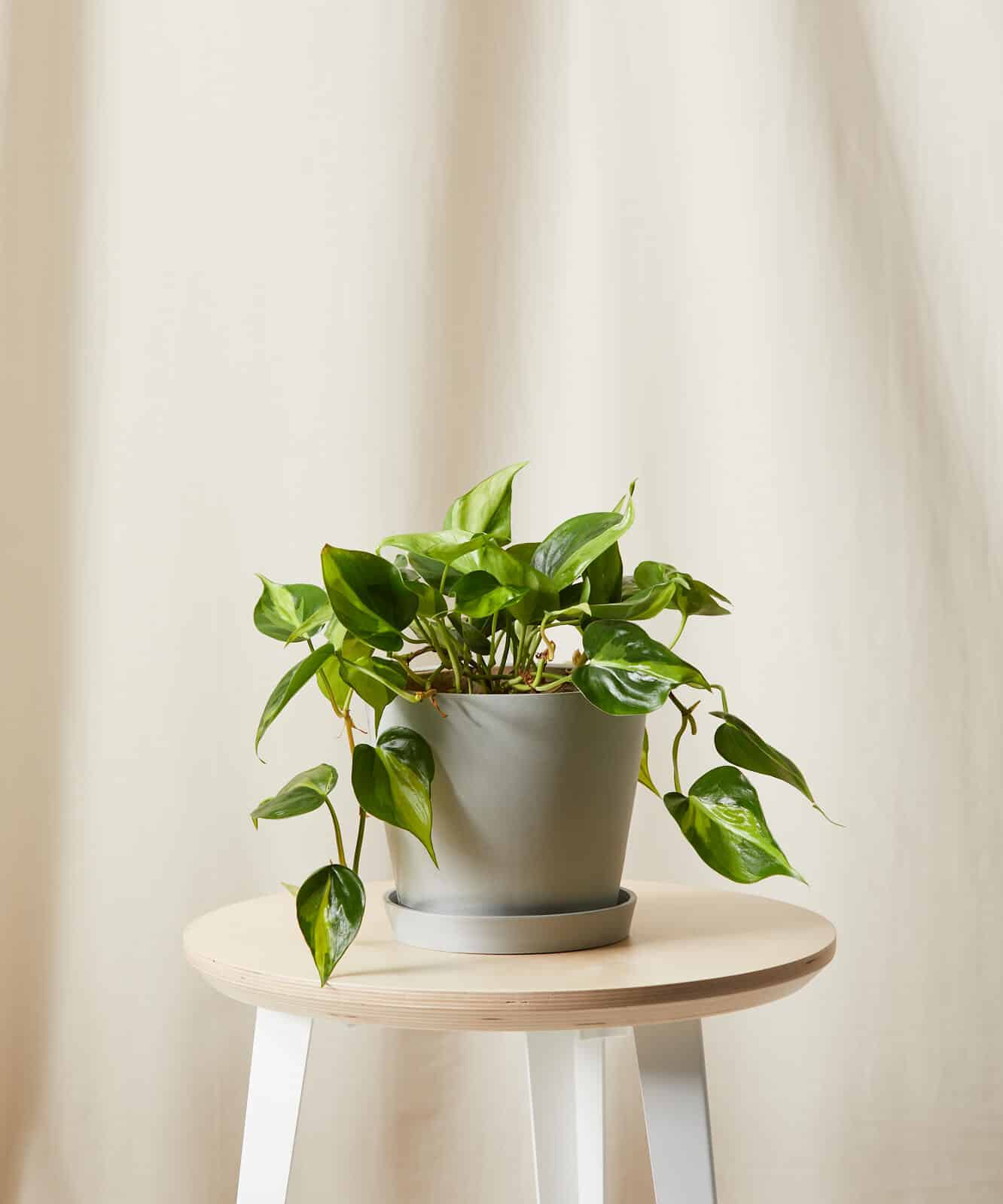
Picture via bloomscape
Crassula Buddha’s Temple
This is another garden plant in people’s homes that are considered poisonous for pets and humans. This plant has distinguishing features that make it popular to be placed in homesteads. However, it has a toxic substance in its leaves that can cause nausea and vomiting when consumed by pets and humans.
Poinsettia
This is also one of the poisonous succulents with an irritant sap that can affect both humans and pets. Though the plant is listed as non-toxic, there is a need for care when getting in contact with its sap. The plant is associated with several symptoms if ingested, including causing problems in the digestive system of the animal.
Posionous Succulents At The End
In conclusion, pet owners should be careful in maintaining a relationship between their pets and the poisonous succulents plants. Some of these plants can be poisonous when ingested, while others can cause skin irritation for both pets and humans.
The dangers of these plants to pets and human beings range from mild irritation to severe illness or death. Some have all their parts poisonous, while others have specific parts of the plant as harmful when ingested.
As a result, it is crucial to choose plants that appeal to you and are not poisonous to the people and animals around. The watering guide for these plants includes watching out how often you water the plants since they do not need much water.
In case they suspect a pet or child of chewing on the poisonous succulents or any part of the indoor succulent collection, pet owners should get veterinary care and medical attention immediately. At the same time, a person suspecting a pet of consuming the plant should call poison control for advice.
Pet owners should, therefore, take care when handling these plants, such as planting them away from the reach of children and pets. Children who ingest part of the indoor plants can experience several consequences such as liver or kidney failure.

